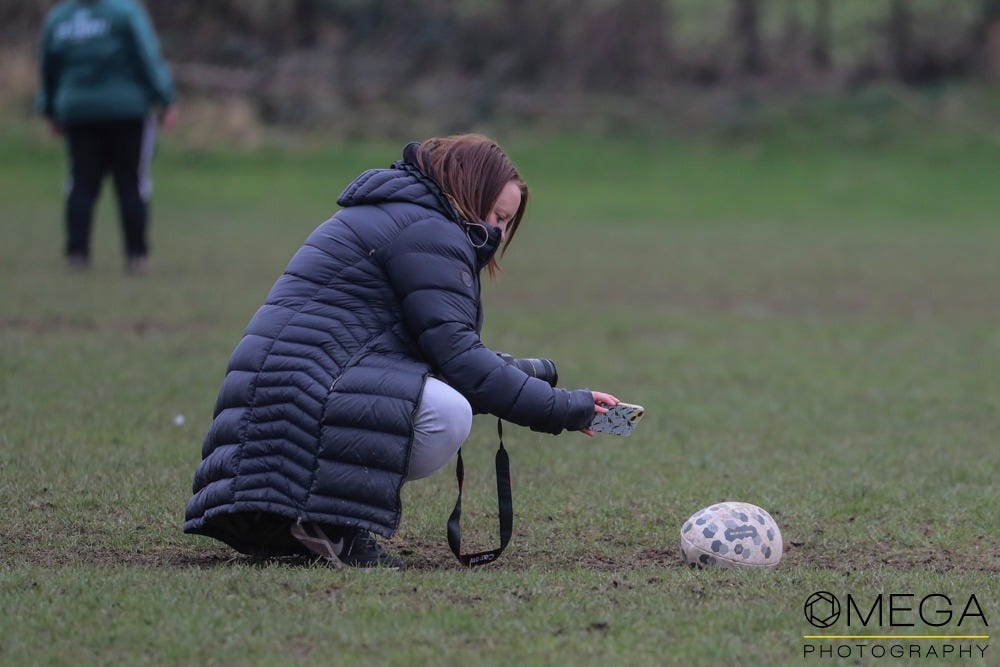Using videos to tell a story for the players
Your phone can be your coaching ally (sometimes) at sessions. Here's how.
There’s a caveat to everything I’ve written below, and that is: be wary of too much time spent on your phone whilst you’re coaching.
Your phone can be a useful tool when coaching, but be careful of how you use your phone and when.
Too much time on your phone, even if you’re looking at it to check your session plan or make notes, can signal to the players that you don’t care.
However, your phone can be useful as a way of recording photos and videos. (Check out my previous article on how to use social media as a way of thinking about using some of the imagery to boost your team)
After I recorded the podcast with Sam Larner on stats, I kept thinking about ways to engage players with footage and how that will help players and coaches reflect.
Your phone may not have the greatest camera in the world, but it can still be a useful recording device. Especially if it’s the only camera you have access to.
Before you record, think about the aims. Think about why recording the footage is important and what you want to achieve.
If you’re using your phone to record video footage. Here’s a few ways to record the footage:
You can shoot a broad overview of a game at training. This enables you to capture all the action to review.
You can capture a closer action of one aspect of training game. This could be capturing all the attack or all of the restarts.
Try running a skill game that focuses on a particular aspect, such as passing or lineouts. You can record the activity to help players reflect.
Try capturing a small skill moment. For example: when players are working on a lineout or scrum, or when players are working on individual skills.
If you’ve recorded the footage, now what?
Reflection can happen immediately or after training.
You can quickly check some of the footage during a water break. This means you can have a quick review without it being a distraction from the session.
The players can also lead the review. You can pause the activity and show players the footage and challenge them to reflect on some positives and improvements.
Try asking specific questions around the aims of the session or the technique you’re focusing on. (For example, if players are working on the tackle, you might ask them to reflect on the connection or acceleration stages)
After training, you can review footage and use it to plan the next steps. You can also send some footage out to players and ask them to do their own review.
Top tip: Don’t record too much footage. Ensure you’re using it to compliment your coaching and not detract from it.




